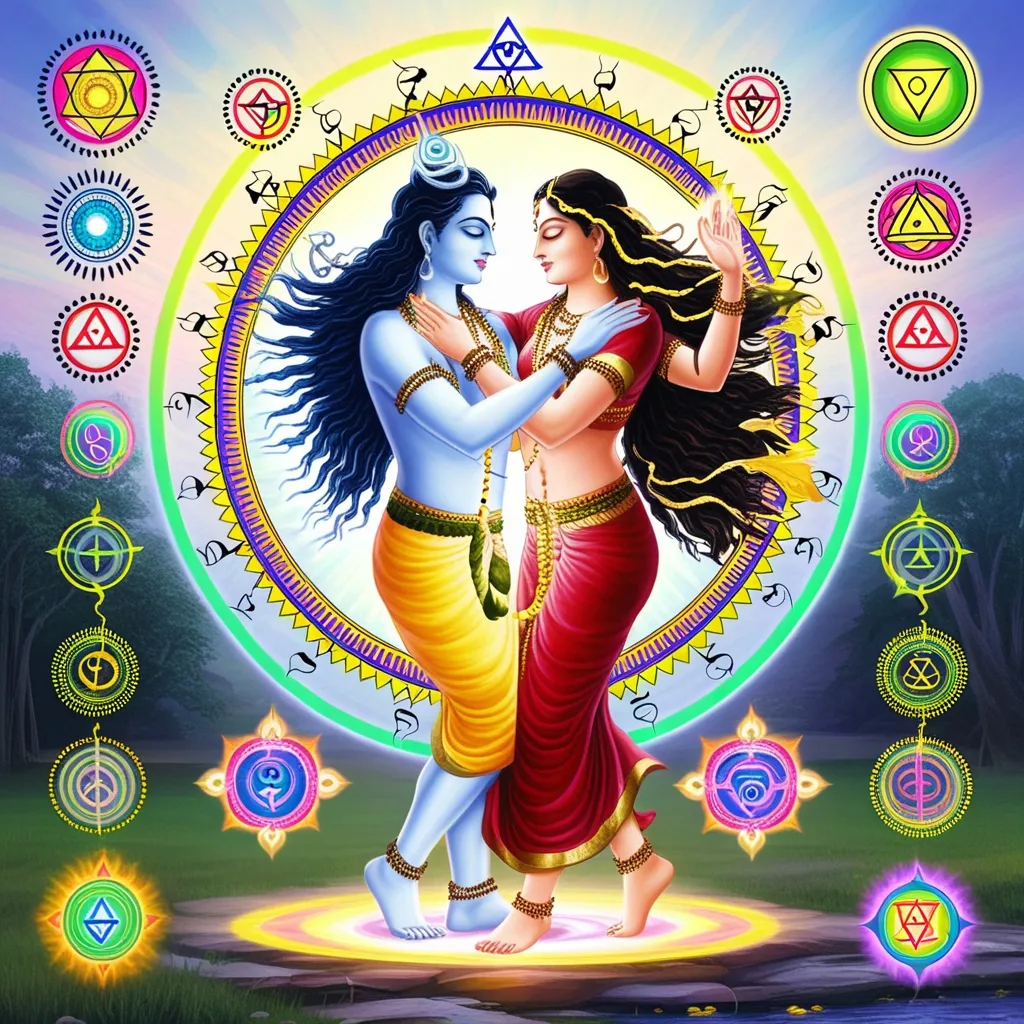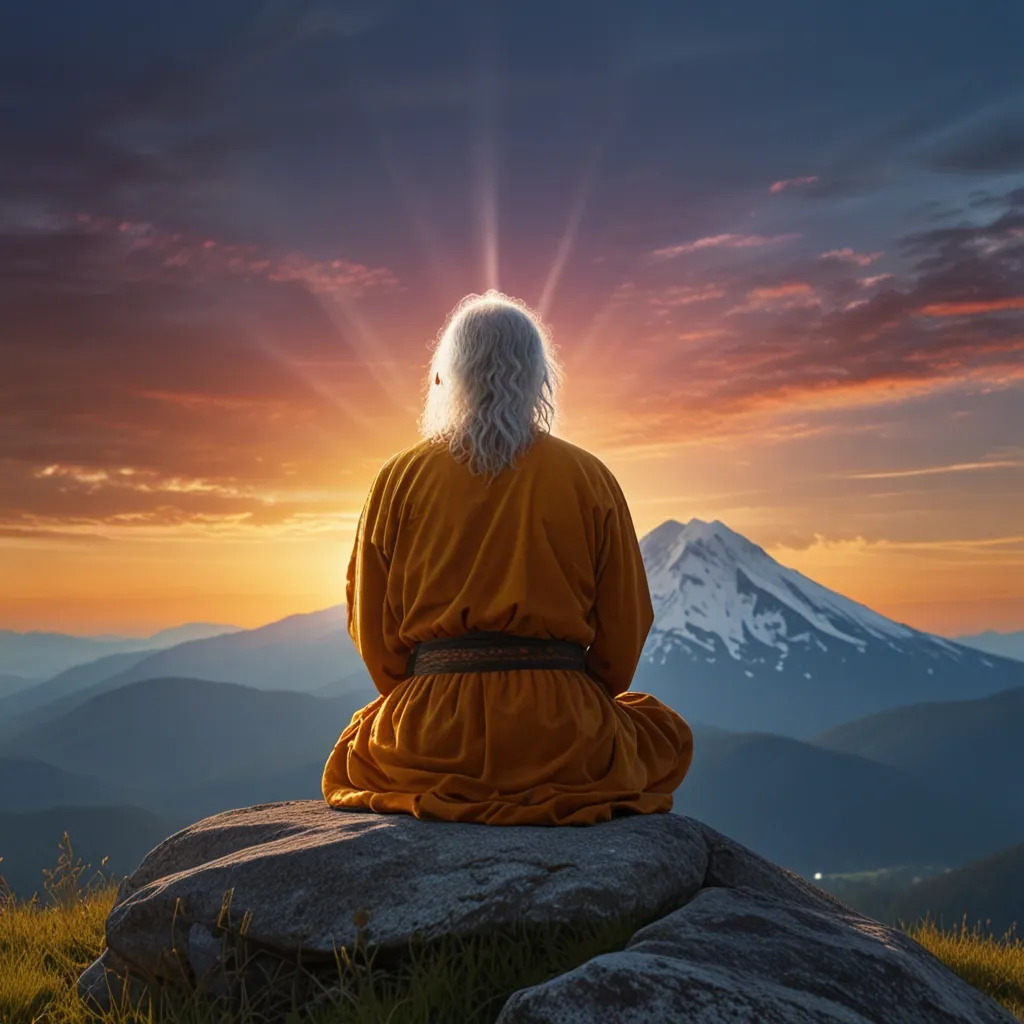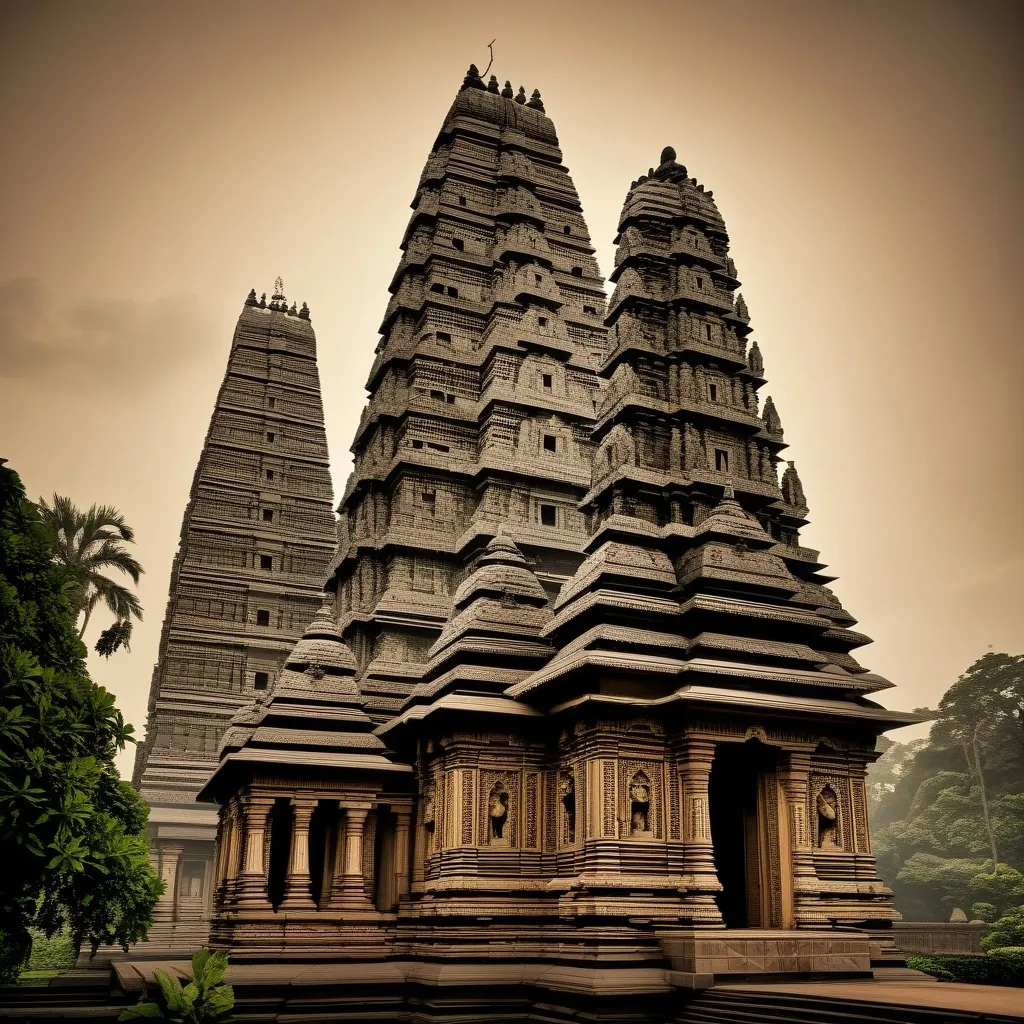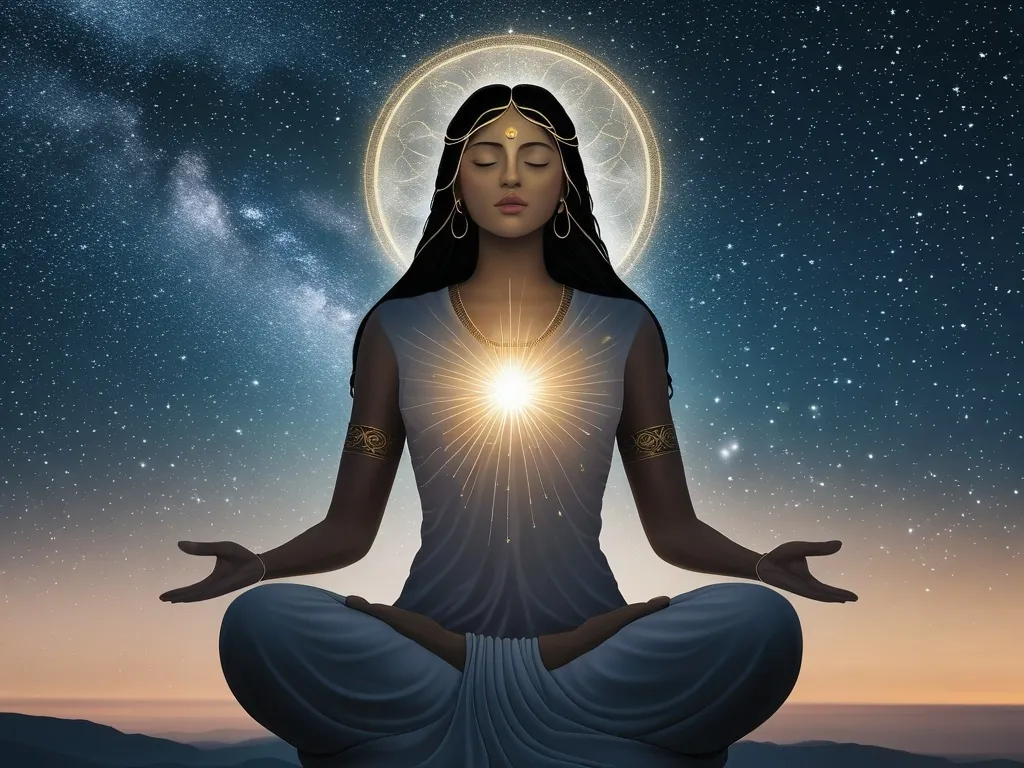Tantra is like that enigmatic book on the shelf that everyone seems curious about but few actually read. It’s frequently misunderstood and simplified as just a sensual practice, but it’s so much more—a deeply enriching spiritual tradition. This ancient practice seamlessly blends the mind, body, and spirit, honoring the divine spark within each of us and throughout all levels of human experience. Its roots delve deep into Hindu and Buddhist philosophies, offering a beautiful tapestry of rituals and symbolism designed to connect us to the greater divine presence.
At its heart, Tantra is about acknowledging and celebrating the divine that permeates every inch of life. This perspective brushes aside the notion of duality, harmonizing the idea that our universe is one unified whole. Instead of seeing things in parts, Tantra weaves everything into a cohesive experience where distinctions between self and other, or spirit and matter simply dissolve. Here, the divine is not some far-off concept, but a part of who we are waiting to be recognized and embraced.
Central to this philosophy are the iconic figures of Shiva and Shakti. Imagine them as cosmic dancers, Shiva is the unchanging consciousness, while Shakti embodies the vibrant energy that fuels creation and transformation. They aren’t just separate entities but rather represent a divine partnership where their union exemplifies harmony between the masculine and feminine energies. In Tantra, this union is often visually celebrated as a seamless interplay, teaching us that balance and interdependence create the universal symphony.
The rituals within Tantra aren’t just routine exercises; they are highly transformative. Laden with rich symbolic efforts, these rituals elevate the human experience. One such practice is ‘Puja,’ a form of devotion that can connect practitioners to various deities, like Mahadev (Shiva). With its flexible nature, a Puja can be performed at home or within large sacred sites, adapting to fit personal and communal spaces.
‘Homa,’ another pertinent ritual, involves offerings made to a sacred fire while chanting mantras. This is done to seek blessings and fulfill desires. The beauty of these rituals lies in their adaptability, performed in various venues, they cater to both personal and collective moments of spiritual seeking.
Symbolism plays a grand role in Tantric rituals, often involving sacred art. Items like ‘Yantras,’ intricate geometric diagrams, and ‘malas,’ prayer beads, focus these deeply spiritual endeavors. Take for example the Sri Yantra, which perfectly unites Shiva and Shakti’s energies, symbolizing harmony. These sacred symbols help practitioners channel specific energies, serving as spiritual roadmaps through which one can focus their practice and energies.
Mantras, the vibrational linchpin of Tantra, enhance these spiritual exercises. These sacred sounds, like spiritual keys, unlock and harmonize energies within the body. Whether paired with physical postures or visualizations, they open pathways for practitioners to embrace and transmit divine qualities at a very personal level. The use of hand gestures, or mudras, alongside breath control practices, pranayama, elevates consciousness towards higher spiritual realms.
A cornerstone of Tantric philosophy is the concept of Kundalini, an intrinsic energy nestled at the spine’s base. Through practices like meditation, yoga, and rituals, this energy can be awakened. It then travels upward through the body’s chakras or energy centers, symbolizing a journey towards higher self-awareness and spiritual realization. This ascent reflects a profound understanding of one’s true nature and the interconnected fabric of existence.
Unlike traditions that may shy away from celebrating worldly life, Tantra actively embraces and prioritizes it as a fertile ground for spiritual evolution. By redefining the boundaries between sacred and secular, pure and impure, Tantra invites practitioners to find divinity in the everyday. In its view, all experiences are manifestations of the divine, positioning life itself as the ultimate spiritual sandbox where lessons, growth, and enlightenment are possible.
In Tantric practices, Mahadev (Shiva) holds a supreme station as a deity embodying the complexities of life—creation, preservation, and eventual destruction. Transcending dualities like good and evil, masculine and feminine, he is perceived as the cosmic lover, continuously in balance with his divine consorts who symbolize creative forces in the universe. His rituals and practices aim to connect devotees with his transformative and liberating essence.
Western interpretations of Tantra have often skewed towards misunderstanding its essence, frequently boiling it down to only sensual practices. However, this belies the depth and richness of Tantra, which integrates meditation, emotional openness, sacred rituals, and yes, sensual awakening, but in a holistic manner. At its core, Tantra crafts an empowering pathway that can guide individuals to rediscover their true selves and live lives steeped in authenticity and spiritual empowerment.
Tantra stands as a complex yet coherent tradition deeply connected to the divine spirit. Its rituals, symbolic art, and holistic practices unify life’s opposites and find the divine shimmering in every layer of human existence. Whether you’re deeply entrenched in spiritual exploration or a curious newcomer, diving into Tantra can open a door to a broader understanding of both yourself and the expansive universe, enriching your spiritual journey with depth and clarity.






